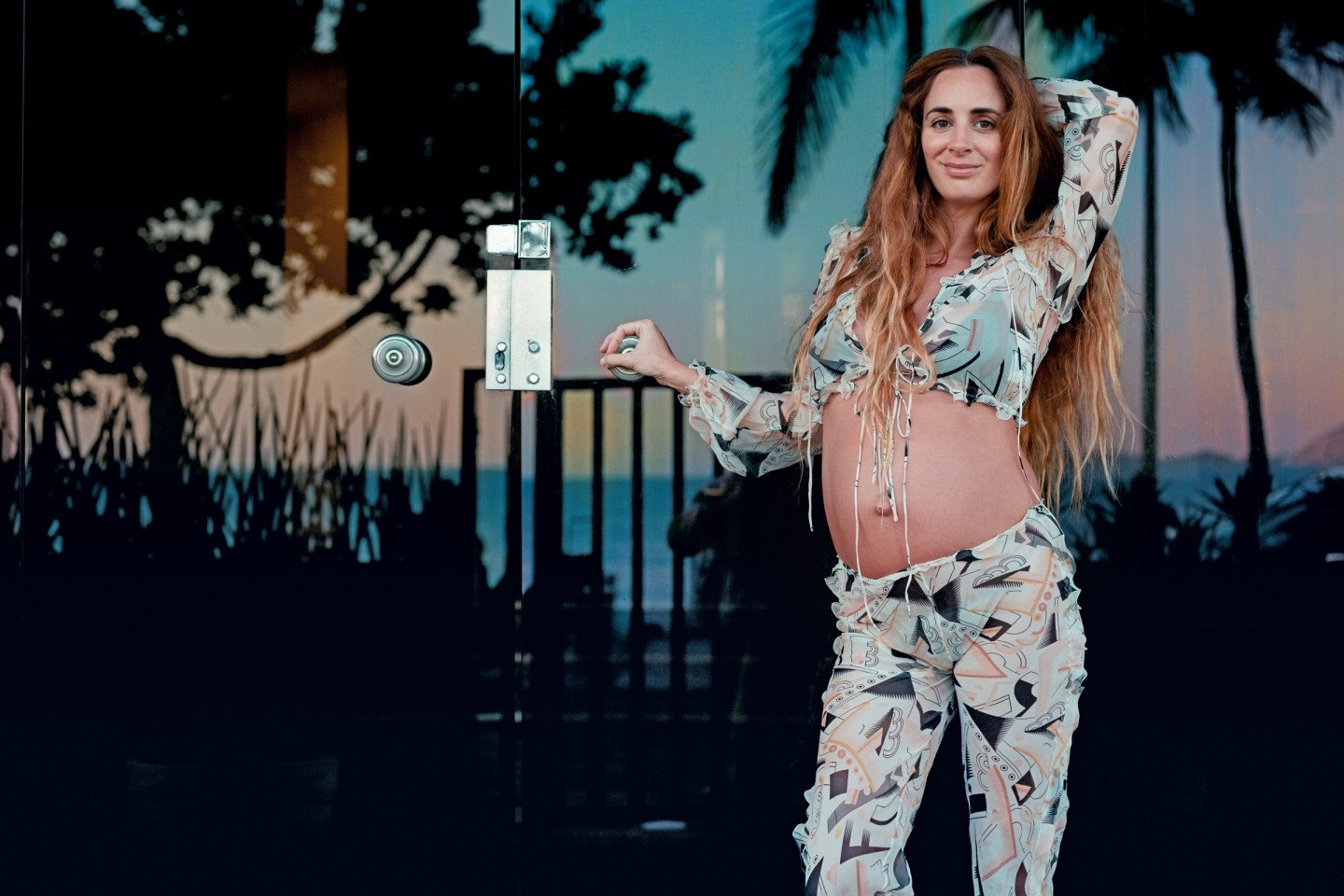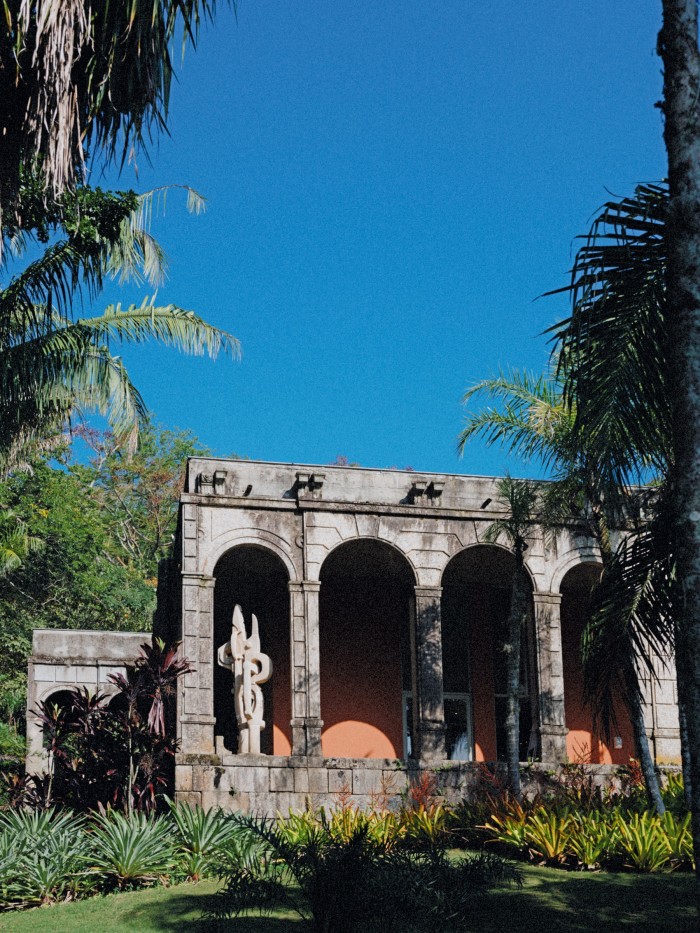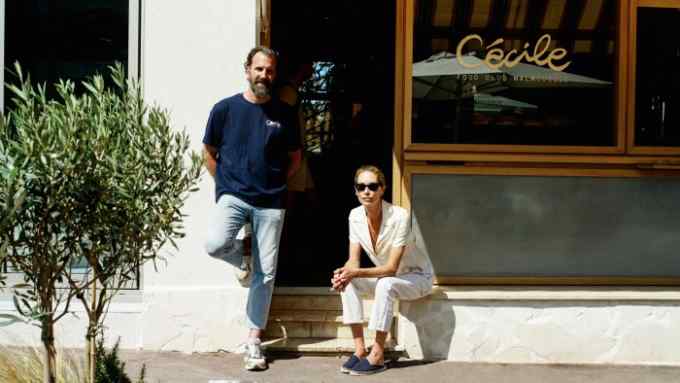An insider’s guide to Rio de Janeiro

Roula Khalaf, Editor of the FT, selects her favourite stories in this weekly newsletter.
I’ve always had a love affair with Rio de Janeiro. I was born and raised in Paris, but I’m half-Brazilian on my mother’s side so when I was younger we would often go back to visit my grandmother. I decided to spend more time here a few years ago, because my partner is from Rio and we thought it would be a nice environment for our children to grow up in.
Rio is the most breathtaking place, a unique combination of beaches and mountains. You can go on a hike up Vista Chinesa and watch the sunrise, walk through the jungle and see amazing waterfalls or spend the day at the beach, and it can all be done close to the centre of the city.


I live in a neighbourhood called Arpoador, which is at the very beginning of Ipanema beach – you step out of the house and onto the sand. In the morning I wake up and take my eldest, who is two years old, for a walk along the coast. When we are visiting Paris, I think it must feel strange for him to put shoes on to leave our apartment.
The food in Rio is quite homey – simple dishes with incredible produce – and the locals are very generous in how they cook. Brazil has such fertile land that everything grows really fast, and there’s amazing variety – I feel like I eat a new type of fruit on a daily basis.
One restaurant that is very special to me is Sud, O Pássaro Verde, which means “the green bird”, run by a chef called Roberta Sudbrack, who used to work for a former president of Brazil. Another of my favourites is a place called Tacacá do Norte, which isn’t fancy – you can eat there after a day at the beach – but it has specialities from northern Brazil. I eat the pastel de caranguejo, which is like fried bread with crab inside that you dip into spicy oil. Otherwise, Brazil is very well known for its meat, and although I don’t eat much of it, there is a great restaurant called Malta Beef Club, which is the best of its kind.



One of my favourite things to eat is açaí, a speciality made from a berry grown in the north of Brazil, which in Rio they squish and mix with sugar, banana and lots of different things; it has a kind of sorbet texture. It’s really good for you, full of antioxidants, and usually eaten in the morning with granola. I go to a place called Asa Açaí, which takes its name from the Botanical Gardens and does the best bowls in Rio.


Although the city doesn’t have the same economic power now as it did when it was the capital, and people generally set up businesses in São Paulo, it’s still very rich in culture – a lot of artists live here, I think because there’s a slower pace to life. Santa Teresa is a neighbourhood where lots of creatives live; there is one well-known guy, Getúlio Damado, who has been there for nearly 50 years. He has a mini truck that he uses to collect rubbish from the neighbourhood, which he then turns into art. Many years ago I saw his work exhibited in a gallery in London, and it was going for a lot of money.
Around the city, there are also mosaics and gardens by the landscape architect Burle Marx, who had a big impact on Rio, turning its pavements into works of art. I love to visit his house, which took 40 years to develop and is now a Unesco heritage site, as well as the Museum of Modern Art, which he contributed to. I also enjoy the new Museu do Amanhã, built by Spanish architect Santiago Calatrava, and I always like to visit the Instituto Moreira Salles, which has a great photography collection.


Rio is still the capital for Carnival, which shuts down the whole city just before Lent every year – even the banks close. A lot of work goes into the parades that take over the streets, which are essentially a competition between different schools, all trying to outdo each other with costumes and performances. And then there are the block parties in the different neighbourhoods, with music ranging from traditional Carnival style to modern electronic music. It’s so much fun, and really quite crazy to experience, coming from a city like Paris.
In Brazil, the culture is strong on so many levels – the film and music industries, the food, nature. It’s like deep-diving into a completely different ecosystem, maybe because it’s quite isolated from the rest of the world, and it has a big population, but the local specialities and attributes are unique. I feel like I still have so much to experience in Brazil, and I’ve been coming here all my life.

Comments